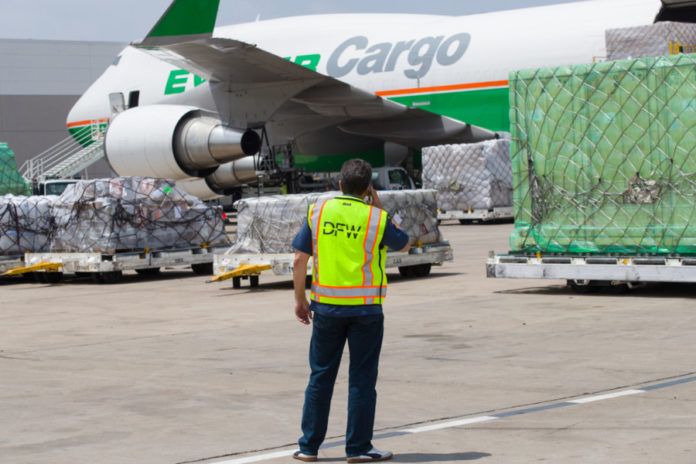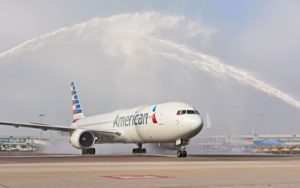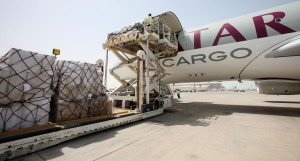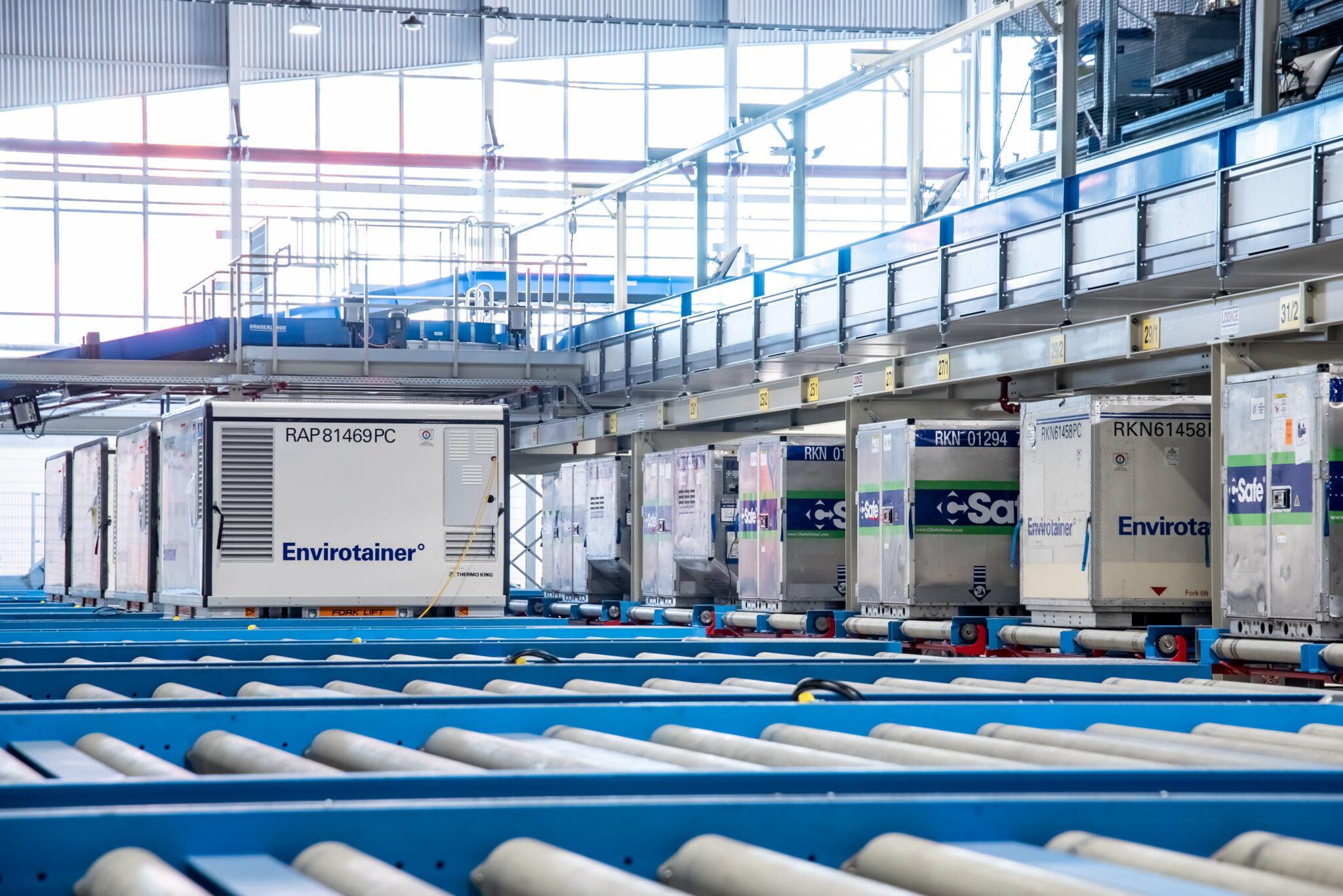

Dallas Fort Worth International Airport’s (DFW) strategy of positioning the hub as a gateway between Latin America (LATAM) and Asia is proving fruitful.
Through June 2017, DFW handled more than 435,900 tonnes, a rise of 12 per cent on the same period last year, which has put it on track to surpass the 829,800 tonnes moved in 2016, itself a 12.8 per cent uplift on 2015.
DFW executive vice president for global strategy and development, John Ackerman (pictured below) says the airport is pleased it is performing above the global pace of about 10.4 per cent for the period reported by IATA and tonnage is slightly ahead of this year’s goal.
Due to its geographic positioning, DFW is the main US gateway between LATAM and Asia, which creates advantages in trade lanes from Chile, Brazil, and Mexico to Asia.
Ackerman says an example is goods produced in Mexico are trucked across the US-Mexico border to DFW and exported to Asia and Europe. “In terms of total landed cost for perishables DFW has distinct advantages in trade lanes from Chile and Brazil to key Asian markets in China, Taiwan, Japan, and Korea,” he adds.
In 2016, DFW’s top 10 transit markets between LATAM and Asia saw a compounded annual growth rate (CAGR) of nine per cent for the period 2012-2016 and the top five trade partners and eight of the top 10 are Asian nations led by China.
Ackerman says these eight Asian markets accounted for 66 per cent of all DFW trade in 2016 and against that background, it is stepping up efforts in LATAM, focusing on markets it has a distinct lower landed cost advantage, such as Mexico, Chile, Brazil, Peru, and Colombia.
He adds: “Adding a perishables centre to our capabilities will further enhance our strategy connecting these two regions. Other markets are also reflecting strong growth for the same period with Ecuador to Vietnam (CAGR +43 per cent) and China to Guatemala (+27).”
For 2012-2016 transit flows, there was strong growth in semiconductors and integrated circuits (+23 per cent), agricultural products (+27), and transportation items (+17).
Ackerman says by value, the top five exports in 2016 were computer chips, semiconductors & integrated circuits, aircraft parts, cell phones and related equipment and computers.
The top five imports were cell phones and related equipment, plasma, blood fractions, computers, aircraft parts and semiconductor machinery.
Growth in perishables and pharmaceuticals is another target and will be driven by a new cold chain facility opening later this summer. The 3,400 square metre facility will be operated by Dnata and feature 24/7 service, varying temperature ranges, a refrigerated dock with truck doors, and airport ramp access.
As facilities expand, Ackerman anticipates the top perishable commodities will be salmon, flowers, fruits, vegetables, pharma, and life science products.
He says with increased capabilities for high-value products and efficiencies perishable shippers will gain, especially in LATAM to Asia trade lanes, DFW expects to see increased flows of temperature and time-sensitive products.
Ackerman explains: “This new on-airport ability to store commodities such as seafood, flowers, fruits, vegetables, pharma, and life science products will open numerous doors for DFW’s cargo and logistics partners.
“In particular, pharma and biomedical handling expertise has become especially valuable to the Dallas/Fort Worth region.
“We are pursuing development of an IATA CEIV Pharma certified community, which will further strengthen DFW’s position in the global supply chain as it relates to this high value sector.”
The gateway is working with the DFW Air Cargo Association and logistics firms to create an IATA CEIV-certified community as a step toward establishing a viable pharma gateway.
Ackerman says there is a lot of interest in the local cargo community: “We are reaching out to all stakeholders across the supply chain and the process begins with awareness and education about the CEIV program’s benefit to the public, and its value to each individual company, the industry and to the community at large.”
In the last 18 months, DFW has welcomed Qatar Airways Cargo, Qantas Freight, Air Canada Cargo, and Cargolux Italia and network expansion is on the radar.
Currently, 15 freighters and three integrators operate and two carriers also operate as Prime Air for Amazon. Ten of those freighters fly to China, Korea, Japan, Singapore, and Hong Kong with 40-plus flights weekly.
Ackerman says as the need for cargo capacity continues to expand, the airport is looking forward to adding more carriers to this roster.
DFW is a major economic engine for the entire North Texas region and says cargo is a “very big deal”. Domestic cargo volumes have risen more than 15 per cent this year, largely due to growth in e-commerce and more is set to follow, as Amazon plans to expand its 149,000 square metre distribution centre at DFW to 446,000 square metres in 2018.
Unsurprisingly, Ackerman is upbeat about future prospects: “With the best first half year result for global airfreight since 2010, along with the current growth trends in food perishables and pharma and life science products, DFW is well positioned to grow from these opportunities and further contribute to the economic vitality of the North Texas region.”















